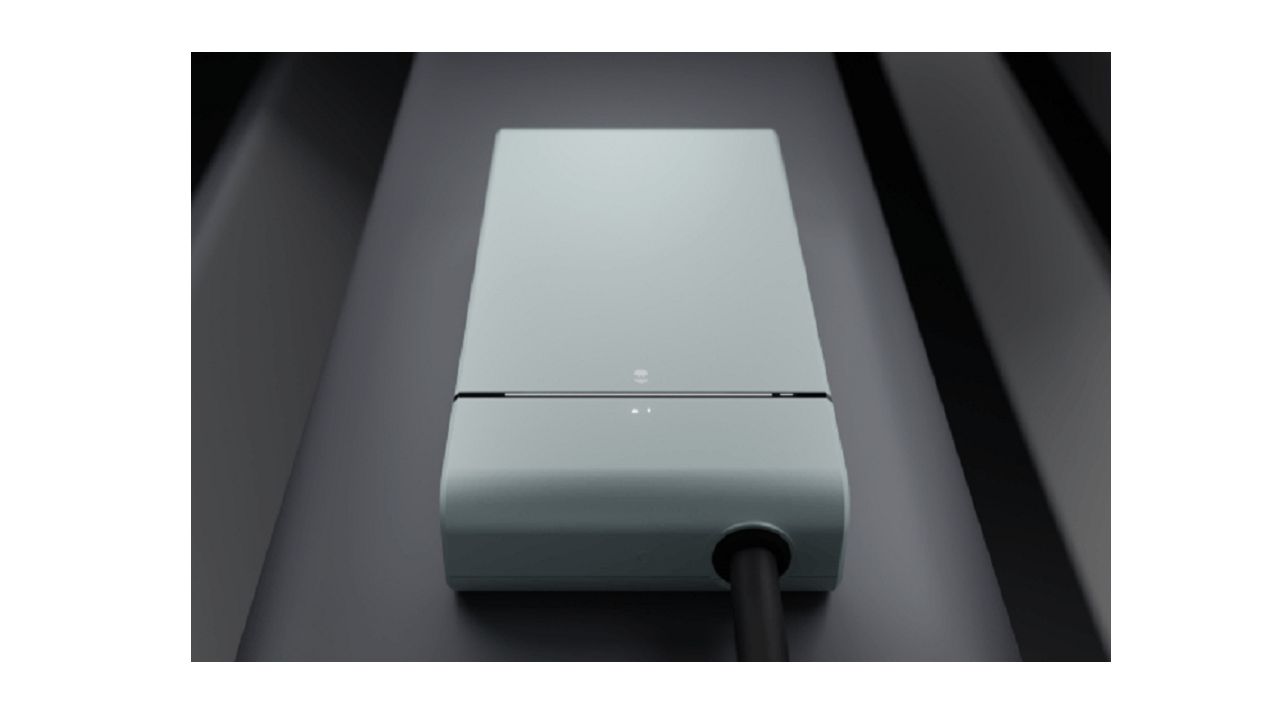
Now terms such as “vehicle-to-grid (V2G)”, “vehicle-to-home (V2H)” or, more commonly, “bidirectional charging” have become commonplace in the automotive and Wallbox this he understood very well.
It’s basically nothing more than a V charge flowing in two directions: While in conventional one-way EV chargers electricity flows from the mains to the electric vehicle, with a two-way EV charger electricity can flow in both directions, i.e. from the grid to the vehicle or from the vehicle to the grid.
If for many these charging devices still represent the future, for Wallbox, on the other hand, bidirectional charging is already a reality with Quasar e Quasar 2which are not only the lightest on the market, but also the first two-way home chargers.
Wallbox itself is experimenting with it within the headquarters in Barcelona, yet several questions arise spontaneously: what are the advantages of bidirectional charging? How is it different from smart charging? At what stage are we in Italy with the legislation?
Don’t worry, Wallbox has the answer to everything!
Thanks to the bidirectional recharge, it is possible to take advantage of the cheapest time slots, as well as being able to resell the energy in the times of greatest electricity demand, thus obtaining various advantages in terms of price.
Bidirectional charging makes the house more ecological, especially if it is combined with renewable energy sources.
If several electric vehicle owners chose to use bi-directional charging and use the energy stored in the car to power their homes, brownouts or blackouts during peak hours could be avoided.
Bidirectional charging, as the name suggests, allows the flow of energy to travel in two directions. Instead, smart charging is any kind of charge EV (unidirectional or bidirectional) whose duration and speed are controlled by a “smart” device rather than by a manual switch.
As far as Italy is concerned, with a decree of 30 January 2020 the Minister of Economic Development has drawn up some guidelines that establish criteria and methods to encourage the diffusion of this technology.
L’ARERA (Regulatory Authority for Energy, Networks and the Environment) has therefore published the rules concerning charging stations equipped with V2G technology and the updating of the electricity system to “promote the participation of electric vehicles in the operation of the electricity grid, studying the mechanisms of recharge and accumulation but also of energy transfer to the system“.
Unfortunately, however, it must be recognized that in Italy at present there is still talk of experimentation, but nothing prevents you from being able to invest in Wallbox technologies to enjoy the technologies of the future in the present.
The world of Formula 1 is always celebrated in every form of media possible. This…
Vivo expands the X100 family: X100 Ultra and X100s are coming, here are the first…
CORSAIR has further optimized the performance of PC fans with the RS MAX Series with…
Unexpected twist for the Xbox Games Showcase: the June event will be followed by a…
In this article, we will explore the new Rockster Go 2 Bluetooth speaker from Teufel.…
Polestar and StoreDot: their collaboration and the new XFC technology have allowed the Polestar 5…